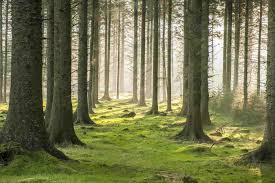About Our Project
The topic that we chose is an ecosystem with 3 organisms: flowers, bugs, and birds. The flowers represent the producers, the bugs represent the primary consumers, and the birds represent the secondary consumers.
We chose this model because, in an ecosystem, it is common to have producers, primary consumers, secondary consumers, and even more organisms interacting with each other. We thought that it would be interesting to examine how different organisms in an ecosystem interact with each other and how the ecosystem responds to changes.
From this project, we learned how an ecosystem responds to changes in each population. We observed how populations changed and fluctuated in response to the other populations. This shows how ecosystems are able to adapt and maintain themselves in response to changes in certain populations.
Our hypothesis was that the populations would fluctuate, as we previously learned in science class. We predicted that the populations would increase in decrease according to the increases and decreases in other populations.
As we worked on the project, at first, one population may have gone extinct very quickly, so we had to adjust our model to make it more realistic. We added features to make our model more realistic. For example, we added in the factor of hunger for the birds and bugs. In real life, this is important, since if there is not enough prey, more predators are going to die. Also, to balance out the model, we added features relative to the animals in real life. For example, birds need to eat more than bugs, and bugs reproduce more than birds. We also considered other factors. For example, if there are more birds and less grass, the bug population would decrease.
